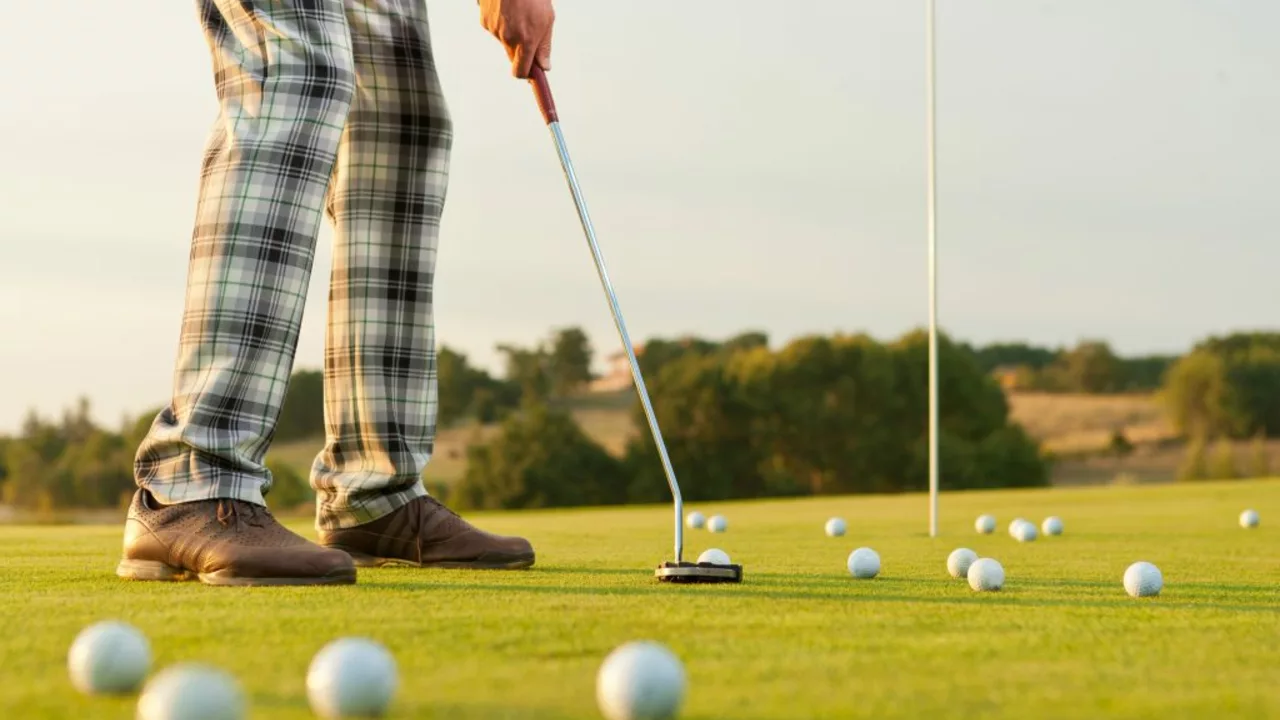Useful Golf Clubs – How to Choose the Right Gear for Better Play
When working with useful clubs, golf clubs that improve performance and suit your swing. Also known as golf equipment, they are the core of every round. Understanding what makes a club useful helps you cut strokes and enjoy the game more.
One of the biggest game‑changers is golf shaft, the flexible spine of a club that transfers your energy to the ball. Shaft stiffness matters because a stiffer shaft matches faster swing speeds, while a more flexible one helps slower players launch the ball higher. Choosing the right flex isn’t just a feel‑thing; it directly impacts distance and accuracy.
Another piece of the puzzle is who makes the clubs. club manufacturers, companies that design and produce golf clubs using modern materials and technology influence the market with innovations like carbon‑fiber heads and adjustable weights. Brands that invest in research often deliver clubs that adapt to a player’s swing, making them more useful on varied courses.
Speaking of courses, the environment you play in shapes the clubs you need. A golf course, the layout of fairways, hazards, and greens where the sport is played can be tight and technical or open and forgiving. On a links‑style course with firm ground, a lower loft and a stiffer shaft may give you more control, while a parkland course with soft turf often rewards higher lofts for better launch.
These elements connect in a simple way: useful clubs encompass the right shaft stiffness, are built by reputable manufacturers, and are matched to the course conditions you face. If you ignore any of these factors, you’ll likely see less consistency in your shots.
Beyond the technical side, there are practical tips that many players overlook. For beginners, testing a full set before buying lets you feel the difference between a 7‑iron and a 9‑iron. Seasoned golfers often keep a short list of go‑to clubs for specific situations, like a high‑launch driver for windy days. And remember, maintenance matters – regular cleaning and proper storage keep clubs performing at their best.
Mini‑golf enthusiasts also benefit from understanding useful clubs, even if the equipment is smaller. The same principles of shaft flex and clubhead design apply, just on a scaled‑down level. So whether you’re lining up a putt on a backyard course or a championship fairway, the basics stay consistent.
Finally, knowing the history of club design can guide your choices. Early clubs were handcrafted from wood and iron, while modern ones use titanium and carbon fiber for lighter weight and stronger performance. This evolution shows how manufacturers continuously seek to make clubs more useful for players of all skill levels.
Below you’ll find a curated collection of articles that dive deeper into each of these topics – from shaft stiffness guides to manufacturer spotlights and course‑specific club recommendations. Browse the list to sharpen your knowledge and pick the clubs that truly work for you.

What are the three most useful clubs to use when learning golf?
Alright golf enthusiasts, let's dive into the world of learning golf, a sport that's as thrilling as a roller coaster ride, only less nauseating! The first club you'll need to become best friends with is the 7-Iron, it's a versatile superstar, perfect for beginners due to its balanced characteristics. Next up is the all-rounder, the Putter. It's the club you'll use most often, so you two will be spending a lot of quality time together. Lastly, we've got the Driver, the big kahuna. It might seem intimidating, but once mastered, it's your ticket to those far-reaching drives that'll make you feel like you're launching a rocket to the moon! So, there you have it folks, time to swing into action!